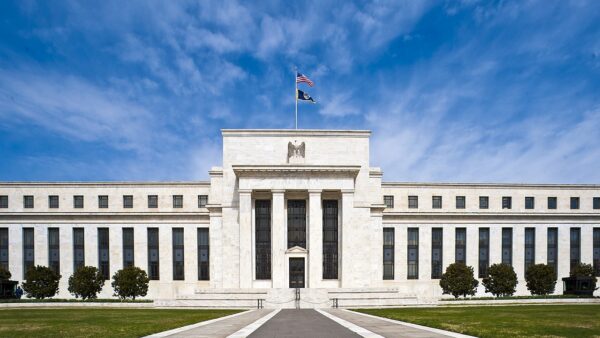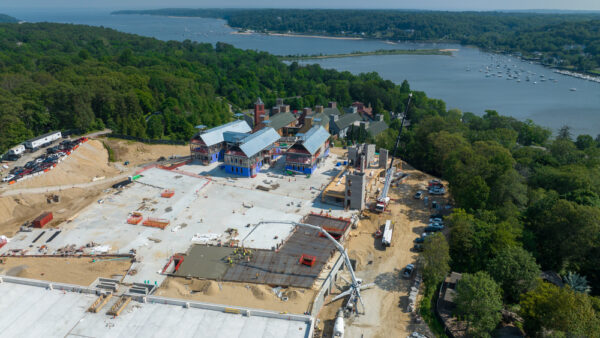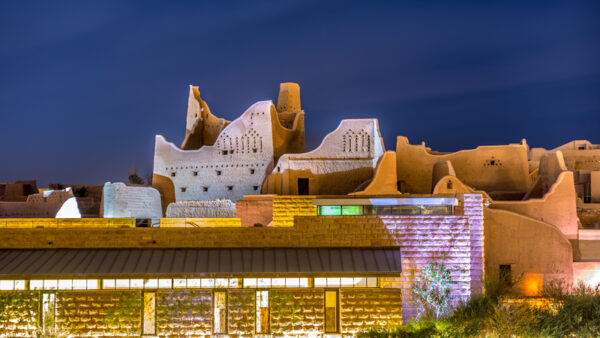Arup has been appointed by the European Organisation for Nuclear Research (CERN) to work out the design and geoengineering of the 100km tunnel that will accommodate the proposed Future Circular Collider (FCC).
The work will involve developing a building information model (BIM) to determine the best means of excavating the tunnel that will house the collider’s equipment. The plan to build the FCC was announced in February as a successor to the 27km Large Hadron Collider (LHC, pictured) that opened in 2008 and successfully established the existence of the Higgs boson.
Matt Sykes, project director at Arup, said: “Using BIM this early on in the design process is invaluable. It allows us to make critical decisions using data that can be easily visualised, enabling the team to make decisions with a clear overview of the multiple, highly complex components of this ground breaking project.”
“Several layouts for this new machine are under consideration, with the tunnel circumference ranging from 80 to 100km. This tool being developed by Arup, will be crucial in the decision-making process, to help decide which layout is most feasible,” said John Osborne, civil engineer at CERN.
The scale of the task faced by Arup and its Swiss collaborators, Géotechnique Appliquée Dériaz and Amberg Engineering, can be gauged by considering the requirements of the LHC.
The entire track has to be cooled to less than two degree above absolute zero, and some 1,232 dipole magnets 15m in length were needed to bend the beam of particles, while 392 quadrupole magnets, each 7m long, were used to focus it. The task of making the two beams collide has been likened to firing two needles 10km apart and having them hit each other.
Although no cost has been put on the project, which will probably be built under Lake Geneva, it is likely to be in the region of $20bn. John Ellis, a physicist at Kings College London, has suggested that the tunnel could be made better value for money by fitting it with two accelerators – an electron-positron and a proton-proton model.
If the accelerator reaches its design targets, it will be able to smash protons together at energies of 100 TeV, compared with the 14TeV achieved by the LHC (later reduced to 7TeV).
The FCC is only one of a number of super accelerators in the early stages of design. Another is the International Linear Collider (ILC), which would accelerate electrons and positrons to about 250GeV. Although not as energetic as the FCC, linear accelerators that use smaller particles give “cleaner” results than hadron accelerators, and will be used to study the Higgs boson in more detail. Funding for the $8bn, 31 km-long collider has yet to be found, but Japanese particle physicists are already making moves to host the device.
Photograph: Outline showing the scale of the 27km Large Hadron Collider. The new scheme would be almost four time longer (Source: Maximilien Brice/CERN)






